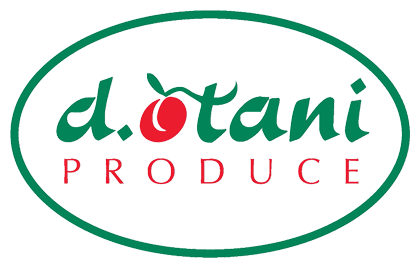“How are produce sales?”
Those are usually the first words spoken when starting out the day. We want to know where we stand in sales as the week progresses.
Many produce directors and managers say that it’s getting more and more challenging trying to beat the produce sales from the previous year.
Adding to that squeeze is the heightened gross profit rate strongly imposed by management.
One of the biggest difficulties a produce director faces is that of weekly ad spending. Competition is brutal these days and opponents are constantly chipping away at the sales pie. This forces more attractive pricing on specials and raises the cost of the overall ad.
Lowering ad retails puts the pressure on the gross profit rate, making it even more complicated in achieving budget, especially if the front page feature is priced below cost.
Too often, the selling concentration is only on the feature ad items. A merchandising plan is usually sent to stores with instructions on where and how to display each item. Most retailers pile the big hitters right up in front of the produce department — all at “give-away” prices. That’s traditionally how it has always been promoted.
Don’t misunderstand me. Promoting the ad items at the foot of the produce department is good merchandising strategy. The first impression has to highlight attractive values in order to capture the shoppers and draw them further into the department to make other purchases.
If the combined ad specials are projected to be around 30 percent of the total produce sales, that leaves 70 percent of non-advertised items available to sell. That 70 percent has to help pay a large portion of the weekly ad cost plus generate sufficient profit dollars towards the margin.
Meanwhile, produce directors are constantly engaged in assembling the right combination of product mix in the calculations to satisfy the targeted gross profit. This is not as easy a task as most people think.
Senior management expects produce sales to meet or exceed the numbers. Above all, sales must show an increase over the previous year if the company expects growth.
Everyone is a master at selling boundless amounts of the advertised items. That’s easy. We spend a lot of time restocking displays to keep it loaded up with the low profit ad specials. Those sales will usually come naturally because consumers are drawn to them from the weekly ad flyer and the items are front and center as they walk into the store.
Chances are that last year’s ad items were just as strong making it even more pressing just to match those sales numbers. So what else can be done to put sales over that previous year?
The additional boost has to come from “in-store promoting” of the top selling high-volume items that are not advertised. Items such as potatoes, onions, asparagus, tomatoes, peppers, bananas, grapes, apples, oranges, berries and melons will yield the most sales volume.
Rather than confining those items in the everyday normal location, select two or three and set up an off-shelf display in a good location at the regular price. Anytime you take a produce item and give it greater exposure outside of its home position, the sales will more than double.
Building displays of non-advertised items will help generate those additional sales. However, the items must be of high sales volume choices in order to benefit the favorable results.
There are three basic components that drive most produce sales. Each level has its own set of requirements to accomplish it.
The ad program: Hot front page specials and attractive inner page specials. Calculate the ad projection to assure meeting budgeted margin.
The non-advertised high volume items: Drive sales of the top 10 items by selecting the most popular tonnage movers. Promote off-shelf displays for additional exposure and impulse purchasing.
The store merchandising plan: Proper instructions for placement of ad and non-ad items in specific department locations. Primary ad specials highlighted at the department entrance with non-advertised high volume items tied into the mix.
Ron Pelger is the owner of RonProCon, a produce industry advisory firm. He is also a produce industry merchandising director and a freelance writer. He can be contacted at 775-843-2394 or by e-mail at ronprocon@gmail.com.

